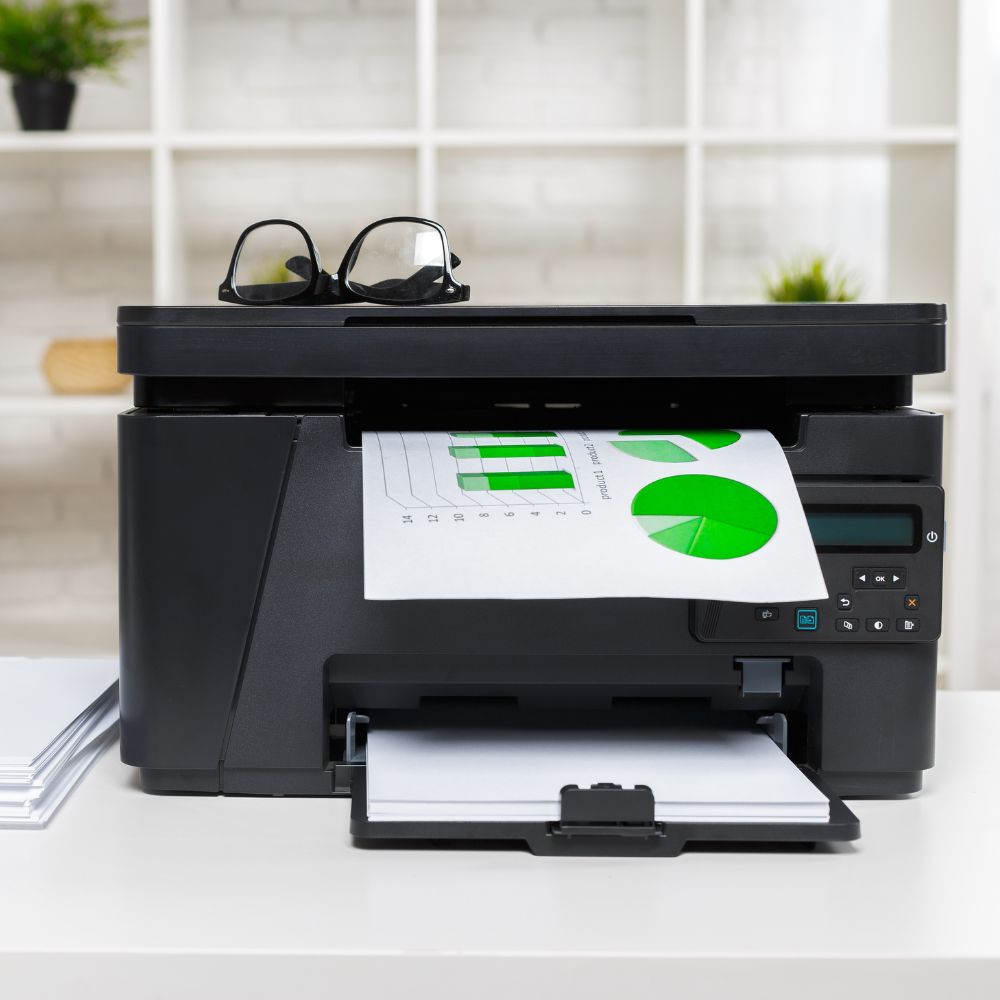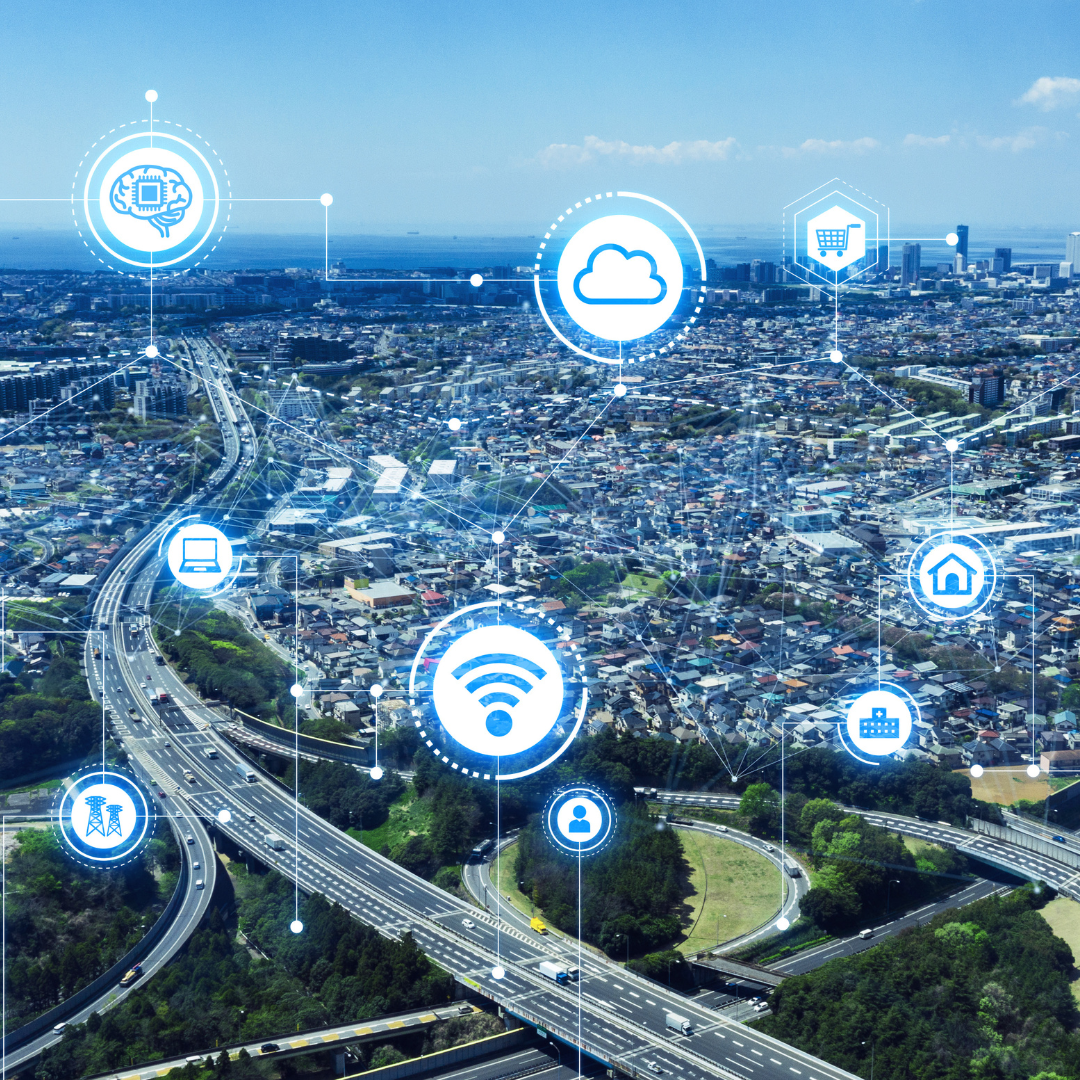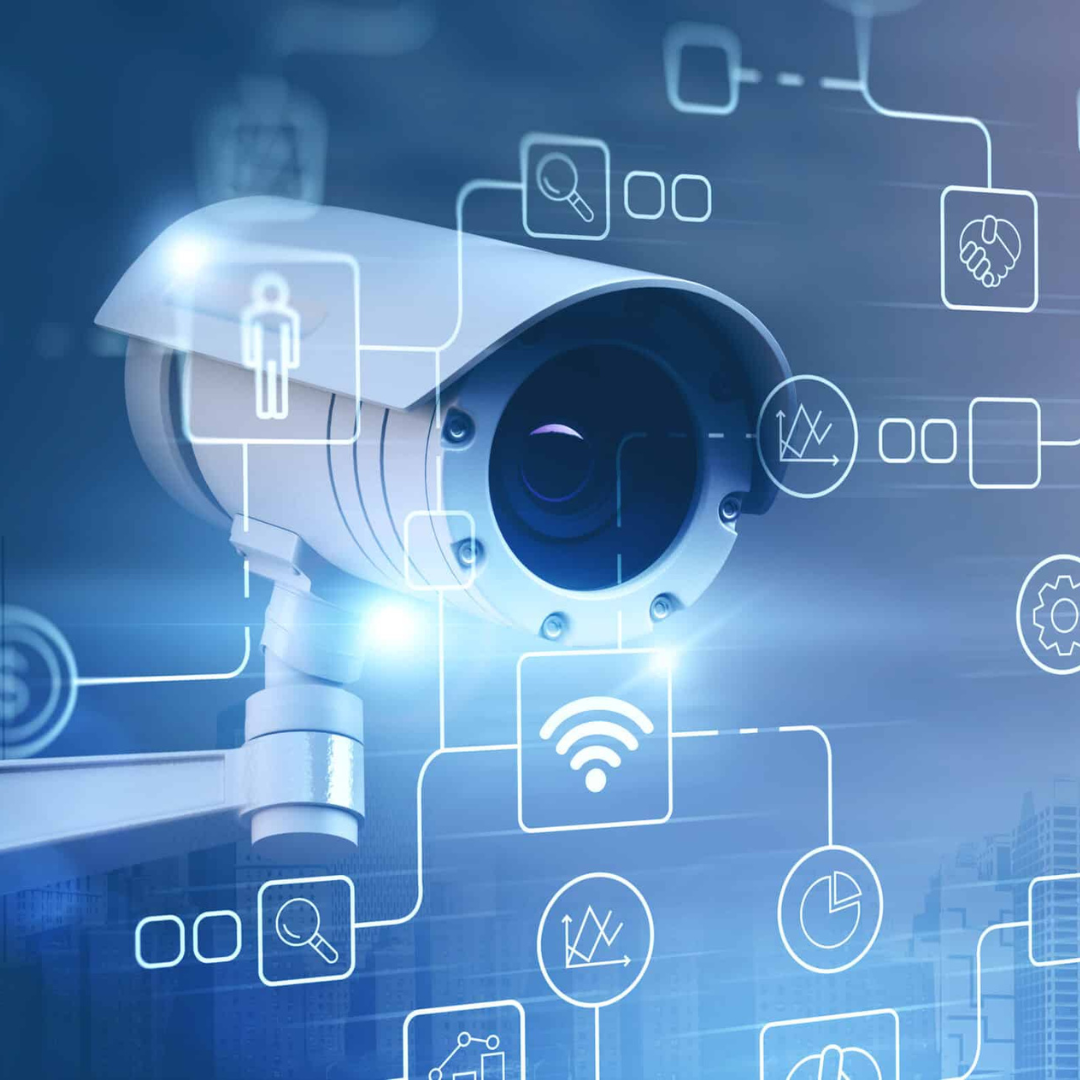Smart Printers: AI and IoT in the World of Office Printing
2024-02-18 18:59:30

Having the right office printing solutions can make or break productivity. With the rise of AI and IoT, printers, photocopiers, and scanners are no longer just basic machines—they’ve evolved into sophisticated tools that drive efficiency, security, and adaptability. Whether you’re looking to rent a printer, invest in a photocopier machine, or streamline with managed print services, understanding these innovations is key.
Imagine an MFP that doesn’t just print but actively supports your workflow. Modern multi-purpose printers equipped with AI can learn patterns, optimise usage, and even anticipate your needs. Businesses now benefit from smarter document workflow solutions that automatically sort, categorise, and store files. Need a printer scanner copier that integrates with cloud storage? It’s easier than ever to find tailored office printing hardware that does just that.
Additionally, modern computer printers now come with intelligent cloud integration, letting teams collaborate effortlessly. These printers, photocopiers, and scanners support remote work environments, making document sharing seamless and secure.
Predictive Maintenance & Supply Management
Gone are the days of sudden breakdowns. With copier machine rental services featuring predictive maintenance, your photocopier machines will alert you before issues arise. These office printer services ensure minimal downtime, keeping your team productive. Even printer leasing solutions now include automatic supply orders—your toner and ink arrive just when you need them.
For growing businesses, keeping costs predictable is key. Copier machine rentals help manage expenses without sacrificing quality. Whether you’re tracking the photocopying machines prices or exploring a printer machine price, there are options to suit every budget.
Looking to manage costs? Printer rentals offer flexibility without long-term commitments. Whether you choose a monthly printer rental or a short-term printer rental, the right plan can adapt to your business needs. From black and white printers to large format printing devices, there’s a solution for every workflow.
Enhanced Security for Sensitive Data
Cybersecurity is non-negotiable. AI-powered office printer installations come with advanced encryption and threat detection. Whether you’re using a printer scanner and photocopier or a networked office printer, these smart features ensure your data remains secure. Businesses handling sensitive documents benefit immensely from secure printer fleet management and office print management systems.
For enterprises, corporate printer rentals provide secure, high-performance equipment with the latest security protocols. No matter your industry, there’s an ideal enterprise printer rental or business printer hire option to protect your information.
Flexible Leasing & Rental Options
Not every business wants to own equipment outright. Flexible printer leasing for companies means you can upgrade without hefty investments. Whether you opt for a long-term printer lease or office printer lease rates that suit your budget, leasing helps manage costs while keeping technology up-to-date.
Need something temporary? Rent printers for short-term projects or events. From colour printer rentals to multi-function printer rentals, there are options to meet your requirements. Even small businesses can benefit from small business printer leases, keeping operations agile.
Tailored Solutions for Every Need
Every business has unique needs. Some need wide format printers and copiers for architectural plans, while others rely on laser printers for bulk reports. Machines now come with versatile features—scan, copy, print, and email from one device. If you’re shopping for a machine that fits your budget, there’s no shortage of options.
For those who frequently handle large volumes of documents, high-volume printer rentals ensure you stay on top of demands. Need mobility? Wireless printer rentals allow for seamless connectivity across your office space. Office printing equipment has never been more adaptable.
Simplified Office Automation
Office automation is about making life easier. AI-driven business printer solutions reduce manual tasks. Think automated document scanning, optimised copy machines, and seamless business printing needs management. Need reliable commercial printing equipment? Options range from A3 printers to cutting-edge laser photocopier machines.
Sustainability & Efficiency
Efficiency isn’t just about speed—it’s about sustainability. Modern office printing solutions are designed to reduce energy consumption. Managed print services help monitor usage, ensuring your printing machines operate optimally. Businesses looking for eco-friendly options can explore rental printers with energy-efficient features.
Whether you’re investing in a copying machine or opting for copier machine rentals, these solutions help reduce your carbon footprint. Even large format printer rentals now come with energy-saving modes and eco-conscious designs.
Affordable Options for Every Budget
Balancing quality and cost is crucial. From finding a competitive copy machine price to securing a fair printer lease for an office, businesses have more options than ever. Photocopying machine prices vary, but with smart comparisons, you can find the best fit for your needs. Whether it’s a photocopier machine rental or a printer photocopier scanner package, affordability meets functionality.
Need to scale up or down quickly? Business printer rental services offer unparalleled flexibility. With options like printer rentals near me and all-in-one printer rentals, staying adaptable is easy. For growing teams, office printer rental plans can expand alongside your business.
Seamless Integration & Setup
Smart office printer setups are designed for ease. From flatbed scanners to multi-function printers, installation is smooth and hassle-free. Printer service contracts provide ongoing support, ensuring your equipment stays in top shape. Whether you need a scanner printer and photocopier or a specialised photo copier machine, professional setup makes all the difference.
For businesses that need bulk printing services, reliable office printing equipment ensures seamless operations. With printer supply services and proactive office printer maintenance, downtime becomes a thing of the past.
Future-Proof Your Printing Needs
Technology moves fast. Investing in office printing hardware with AI and IoT capabilities ensures you stay ahead. From document scanners to large format printers, future-ready solutions keep your business competitive. Don’t let outdated equipment hold you back—consider business printer lease plans that offer upgrades and maintenance.
Whether you choose commercial printer leasing or a wireless printer rental, adapting to new technology has never been easier. Embrace the future of business printing solutions and watch your productivity soar.
Conclusion
The evolution of business printing solutions driven by AI and IoT brings unmatched efficiency, security, and adaptability. Whether you’re exploring commercial printer leasing, need a photocopier for sale, or want flexible printer rental services, the options are endless.
Smart office printing hardware is more than just technology—it’s the backbone of modern business. By embracing these innovations, your office stays productive, secure, and ready for future challenges. From managed print services to cutting-edge office automation, there’s never been a better time to upgrade your printing game.
Get in touch today to get started.


